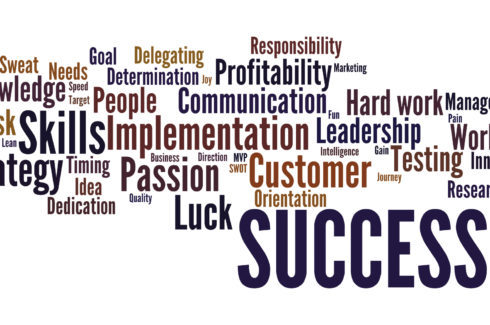As I’ve watched numerous organizations form or re-form customer experience teams, I’ve concluded that the best customer experience leaders don’t have prior customer experience leadership experience. In fact, prior customer experience leadership experience appears to be a burden rather than a benefit.The frame of reference for customer experience (CX) leaders with prior experience is, well, their prior experience. Despite their strong listening skills and willingness to learn, these customer experience veterans can’t seem to forget what they’ve done in the past. What ends up happening more often than not is these customer experience veterans attempt to shape their new organization to previously successful solutions rather than shaping new solutions to their new org.
What common characteristics distinguish successful from unsuccessful customer experience leaders?
Inside Experience
The best customer experience leaders come from within the organization. These leaders know the culture, the players, the systems, and the political minefields of the organization. More importantly, they have experience in navigating around these potential obstacles. customer experience leaders brought in from the outside often make more noise than progress as they try to blast their way through.
Matrix Management Experience
Customer experience leaders must rely on others to implement change as customer experience teams typically don’t control or manage customer-facing systems, teams, or policies. The best customer experience leaders have prior matrix management experiences that required pushing, prodding, and cajoling others to get work done. customer experience leaders who have only direct management experience often assume that telling other groups what to do and when to do it is sufficient to ensure change happens.
Past Record of Success
The best customer experience leaders have had prior successes leading high-leverage, high-visibility, transformational change efforts. Less successful customer experience leaders will be happy to tell you about their prior successes but their track records typically fall into one of three categories: 1) they previously led initiatives that were high-profile were unsuccessful or only partially successful; 2) they were involved in but did not truly lead successful change efforts; or 3) they came from a successful or recognizable organization but personally did little to drive meaningful change.
Customer Experience Temperament
Implementation of customer experience strategies and initiatives often is agonizingly slow. It is not uncommon for the executives who demand customer experience progress to be the same ones who stand in the way of real progress. The best customer experience leaders have the temperament to manage through these frustrations. They have strong conviction about the business value of customer experience; they are passionate about doing what’s best for the customer; and they have the courage to stand up to opposition throughout the organization. Less successful customer experience leaders typically lack one or more of these traits and many also are lacking in humility. If your organization is seeking a customer experience leader, don’t be fooled by the fancy credentials of the so called customer experience expert. Instead, look inside your organization for a team member with a proven track record and the right personality to drive success in your unique environment.



